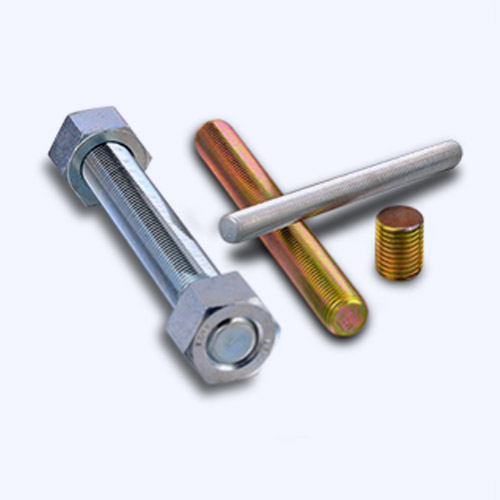Sep . 27, 2024 19:17 Back to list
self drilling anchor bar
Understanding Self-Drilling Anchor Bars An Essential Component in Geotechnical Engineering
In the field of geotechnical engineering, self-drilling anchor bars play a pivotal role in ensuring the stability and integrity of various structures, especially in challenging soil conditions. These advanced anchoring systems are designed to provide effective support for retaining walls, foundation systems, and excavation sites. This article delves into the features, applications, and benefits of self-drilling anchor bars, highlighting their significance in modern construction practices.
What are Self-Drilling Anchor Bars?
Self-drilling anchor bars are specialized steel bars designed to be drilled into the ground while simultaneously acting as anchors. They are typically equipped with a drill bit at one end, allowing them to penetrate different soil types without the need for pre-drilling or pre-auguring holes. This integration of drilling and anchoring simplifies the installation process, making it faster and more efficient compared to traditional anchor systems.
Features and Design
The design of self-drilling anchor bars involves high-strength steel, which provides the durability and resilience needed to withstand various load conditions. These bars come in different diameters and lengths to suit specific project requirements. The drill bit attached to the anchor bar is often made of hardened steel, ensuring it can effectively cut through rocky or dense soil.
Another key feature is the incorporation of a thread pattern along the length of the anchor bar. This threading allows for the attachment of additional components, such as anchor plates, nuts, and tensioning devices. This modular approach enhances the versatility of self-drilling anchor bars, allowing them to be tailored to the unique demands of any construction project.
Applications
Self-drilling anchor bars have a wide range of applications in the construction industry. Some common uses include
1. Retaining Walls These anchors provide crucial support for retaining wall systems, preventing soil movement and ensuring structural stability. In cases where external pressures such as water or earth are significant, self-drilling anchor bars can be installed at various angles to distribute loads effectively.
self drilling anchor bar

2. Slopes and Excavation Sites In regions with steep slopes or unstable soil conditions, self-drilling anchor bars can be employed to stabilize the ground and prevent landslides. Their ability to be installed quickly makes them particularly useful in emergency scenarios, where immediate action is required to secure the site.
3. Foundation Support For structures built on less than ideal soil conditions, self-drilling anchor bars can provide additional support to foundations, enhancing load-bearing capacity. They can be utilized in both temporary and permanent applications, offering flexibility throughout the construction process.
4. Tunneling Projects In underground construction, self-drilling anchor bars are essential for creating anchors in rock formations, supporting tunnel walls, and preventing collapse during excavation. Their ability to be installed in constrained spaces makes them suitable for such challenging environments.
Benefits
The use of self-drilling anchor bars offers several significant advantages. Firstly, the installation process is quick and does not require heavy machinery or extensive groundwork, reducing labor costs and project timelines. This efficiency is crucial in minimizing disruptions and keeping projects on schedule.
Secondly, the adaptability of self-drilling anchor bars allows them to be employed in various soil types and conditions, enhancing their utility across diverse construction scenarios. Additionally, their high strength-to-weight ratio means they can provide substantial support without adding excessive load to the structures they are intended to stabilize.
Moreover, the reduction in noise and vibration during installation is beneficial in urban settings where noise regulations are strict, making self-drilling anchor bars a more environmentally friendly option compared to traditional methods.
Conclusion
In summary, self-drilling anchor bars represent a remarkable advancement in geotechnical engineering. Their efficient installation, adaptability to varying conditions, and proven performance make them an indispensable tool for ensuring the stability of structures in complex environments. As the construction industry continues to evolve, the importance of innovative solutions like self-drilling anchor bars will only grow, underscoring their relevance in modern engineering practices.


